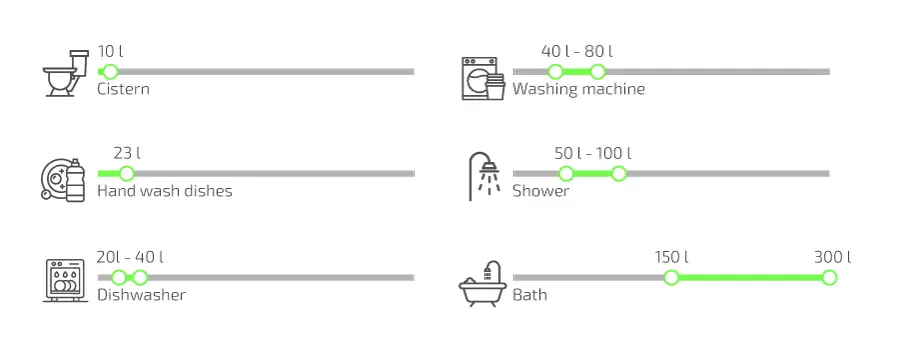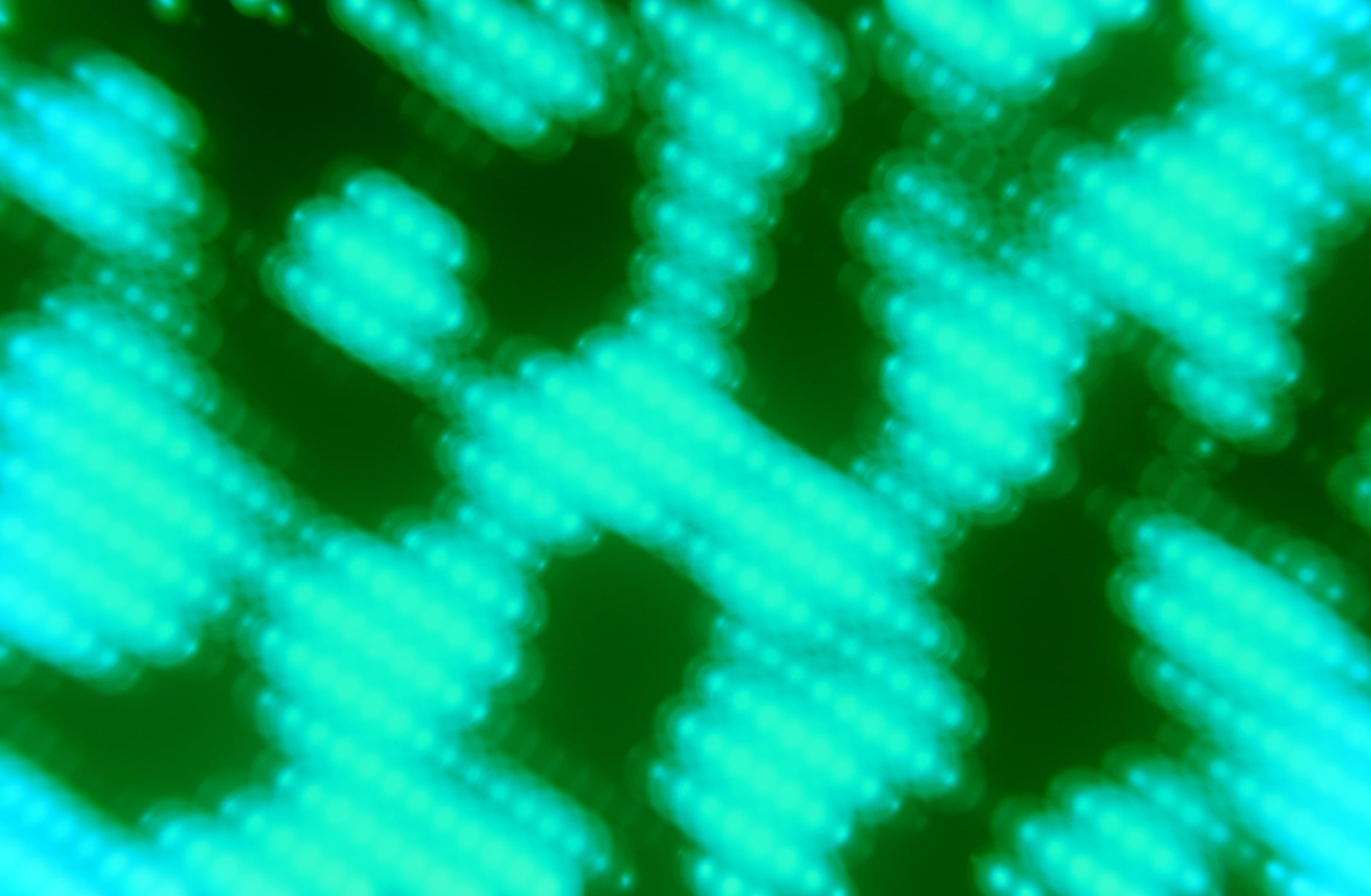Fresh water is an essential element for life and food production. Humans use large amounts of water directly and indirectly. Keep in mind that only 2.5% of the planet’s water is fresh water! Furthermore, 2% of these percentages are in glaciers. Thus, we only have a small percentage of fresh water to use. Due to climate change and increasing population, will there be a time when we have to choose between different water uses? Like using it for drinking water or for agriculture?
Water Uses For Human Consumption
Access to clean water and sanitation is an essential human right. To ensure that the lack of resources does not affect health, we need between 13 to 26 gallons per day, with a minimum threshold of 5 gallons. Currently 1.1 billion people do not have guaranteed access to this minimum. They survive consuming just 1 gallon a day.
In developed countries, water consumption depends on the lifestyle and habits of its citizens. An interesting exercise is to calculate the water consumption you have in a day. To get an idea, you will find a list of activities with their average water consumption.

As an average value, one inhabitant uses 40 gallons of water per day. In the next 30 years, the population on the planet could double, and that increase is going to require more resources. This will cause the demand for drinking water to explode.
On the other hand, we have practically already exhausted many natural sources, such as aquifers. In addition, the increase in temperatures also reduces water resources.
Only 2.5% of the planet’s water is fresh, and 2% comes from glaciers
Qatium
Intelligent Assistant
Water Uses In Agriculture
We already know our direct water consumption. Now it’s time to focus on indirect consumption. To produce the food necessary for life we need large quantities of water. As the Food and Agriculture Organization of the United Nations (FAO) indicates, it takes around 1,300 gallons of water to produce the daily food consumption of one person. That means an Olympic swimming pool filled with water in order to feed 500 people in one day.

Farmers Planting Rice Near Yogyakarta (Indonesia)
To reverse this complicated situation, some solutions include modernizing irrigation techniques, using unconventional sources such as desalinated water, or using transfer systems. But these measures have a high environmental, social and economic impact, so there is no simple solution to the complex water problem.
In some countries of the European Union the percentage of water used for agriculture reaches 80%. Many of them already have problems with water shortages. So the water problem will soon affect all sectors.
Responsible Use
The lack of water needed to produce food in some places leads to stoppages in agricultural activities. This generates a large number of people being displaced due to climate issues. Currently, this situation affects the poorest regions, but it will end up affecting the entire planet.
To avoid a present and future in which will have to decide between using water to drink or to produce food, responsible consumption is necessary. Lack of water is everyone’s problem.









